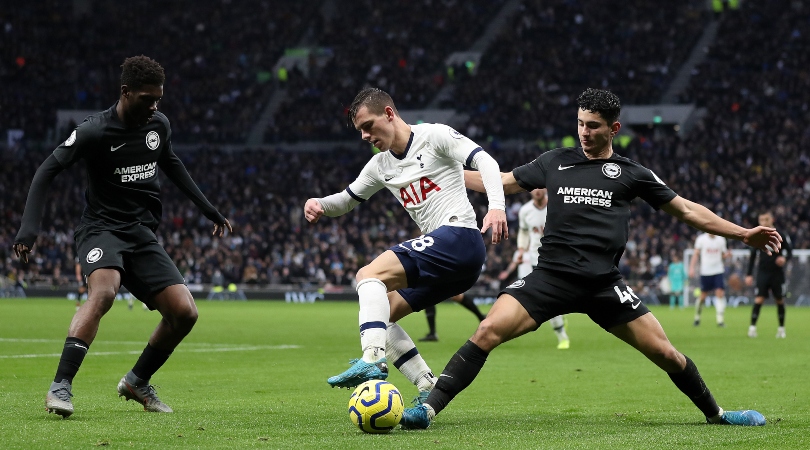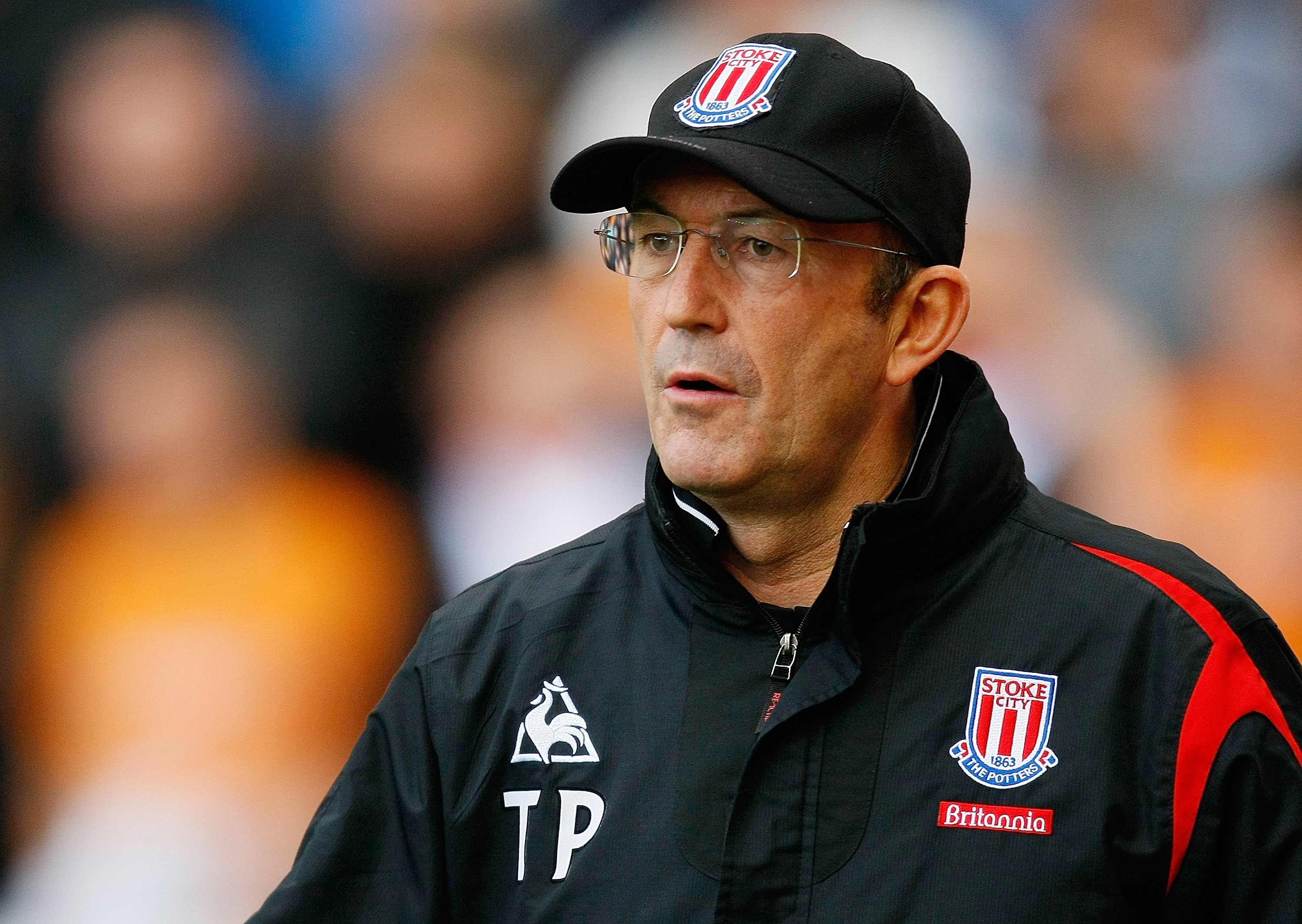Jose Mourinho will be the one who has to adapt to get the best out of this Tottenham team
Despite victory over Brighton, Mourinho's Spurs already look sluggish and unimaginative – but the solutions are already in the squad

Had Tottenham not recovered from a half-time deficit to beat Brighton, the coverage of their recent performances would be quite damning. They were poor in winning at Molineux, dreadful in losing against Chelsea, and offensively anaemic on Boxing Day, in a game they still managed to win.
So far, Jose Mourinho’s Spurs are showing themselves to be a team of few ideas and the performance against Brighton initially confirmed that. In a first half which was characterised by direct and repetitive football, few questions were asked of the visiting defence. VAR may have intervened to rule out a Harry Kane goal but, that aside, there were no chances created or even pressure applied. It was barren and, actually, at times a bit tedious.
Too much comfort shouldn’t be drawn from the two goals scored in the second half, either. Kane’s equaliser was (eventually) well taken, but developed from a fortuitous ricochet, while Dele Alli’s winner was wonderfully crafty, but mainly his own work. It was still the result of a good move - a fine spot from Christian Eriksen, an excellent cut-back from Serge Aurier - but not one which ended with the kind of chance which could be expected to end in a goal.
It was a win, which is really all that matters during the draining Christmas programme, but it was one which came with caveats which are becoming familiar.
Mourinho’s strategy for attacking play has always been laissez-faire. Even now, in combination with new assistant Joao Sacramento, his focus appears mainly to be on his defence and midfield, leaving the forward players to ad lib their way through games with far looser instructions.
Which in itself isn’t a problem, because – with everyone fit – Mourinho has an attacking group talented enough to shoulder that technical and intellectual burden. Unfortunately, it's also an approach with a dependency on the quality of supply from midfield, requiring quick, accurate balls, threaded between the opposition lines and to the feet of those capable of being destructive
And Spurs aren’t getting that. So far, Moussa Sissoko and Eric Dier have generally been the preferred ‘two’ at the heart of his 4-2-3-1, with Harry Winks periodically deputising for one or the other. The effect is predictable. Neither Dier nor Sissoko can pass the ball forward in a dependable way, while Winks looks badly out of form and suddenly very short of self-belief.
The best features, fun and footballing quizzes, straight to your inbox every week.
The effect, of course, are turnovers by the dozen, a midfield which lacks the technique to play effectively in congested areas and a front-three whose only opportunities seem to be on the counter-attack. So this is what Mourinho has to fix.
The positive story from Boxing Day was probably the performance of Giovani Lo Celso. He’s popular with the club’s fans in the way that all new signings are, but also because he embodies many of the qualities which their side appears to be lacking.
Lo Celso is not a complete or fully formed player and, it should be remembered, he is continuing to acclimatise to English football. But with Christian Eriksen bound for the exit door, he could be described as really the only Tottenham player who consistently passes forward. Not the only one who can, but the only one who does it by instinct - who always looks to progress the play and not to consolidate it with a backwards pass or lay off. Effectively, then, he’s a central-midfield with an attacking midfielder’s habits. He receives the ball neatly and easily, moves it decisively, and is the obvious tonic for any team suffering from poverty of supply.
It’s assumed that Mourinho would never, given the choice, start Lo Celso in the same side as Dele Alli. He would consider that to be too bold, most likely. But that might be the kind of midfield this side needs if its forwards are not to be starved and if, ultimately, it's to function properly.
It might also be said that playing that way, with Lo Celso between Alli and a more orthodox holding-midfielder, better suits Tottenham’s identity and texture. Their squad is headlined by one of the most complete centre-forwards in world football, comes with an array of wingers who thrive in space and one-on-one situations, and is supported by a group of centre-halves who are all capable footballers - artisans, really.
Placing a pair of stoppers between those two departments seems at best to be counter-productive, at worst to be a challenge to what this team was built to do. Mourinho didn’t construct it himself, that’s only fair to recognise, but this isn't like the other jobs, where he's had almost unlimited funds to sculpt and redesign. This time, he might have to be the one to adapt.
While you're here, why not take advantage of our brilliant subscribers' offer? Get the game's greatest stories and best journalism direct to your door for only £9.50 every quarter – just £2.90 an issue. Cheers!
NOW READ...
EXPLAINED What is ‘win probability’ and how does it work?
QUIZ Can you name every team to spend Christmas in the Premier League's bottom three?
GUIDE Premier League live stream best VPN: how to watch every game from anywhere in the world
Seb Stafford-Bloor is a football writer at Tifo Football and member of the Football Writers' Association. He was formerly a regularly columnist for the FourFourTwo website, covering all aspects of the game, including tactical analysis, reaction pieces, longer-term trends and critiquing the increasingly shady business of football's financial side and authorities' decision-making.
 Join The Club
Join The Club






